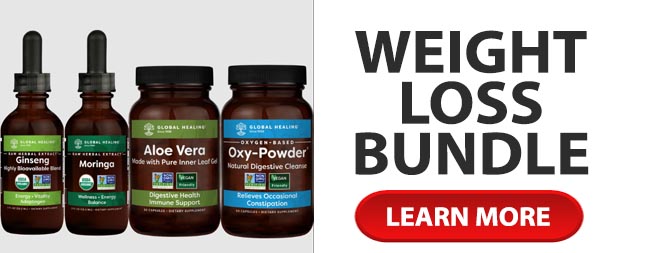When thinking about heart disease, we know that a change in diet is often needed. In today’s world of fast and convenient foods, people think more of saving time than saving calories and fat. If we can be just a little bit more conscious about what we are eating, then we can greatly reduce our risk of heart disease in the future.
One of the best ways we can change up our diet is by restricting our use of solid fats like butter, bacon, and gravies. These are known as Saturated and Trans fats. We often use these fats to help prepare the food we cook. Some great low-fat alternatives are olive oil, yogurt, and fresh fruit. Try to also be label-conscious and read the contents. Look for ingredients like polyunsaturated fats – found in nuts and seeds – and monounsaturated fats – found in canola and olive oil. Be wary of the boxes labeled “reduced fat” though as they often still contain the bad fats.
Something else we can do is to choose meats that are lower in fat. Fish is always a healthy choice and most even contain the heart-healthy omega-3 fatty acids our bodies need. These omega-3 fatty acids can actually reduce our levels of triglycerides. Lean cuts of pork, beef, chicken breast and turkey are also great choices. Beans and other legumes are a wonderful meat alternative, while still providing our bodies with needed protein. Soy and tofu have become popular in recent years also adding to the meat alternatives list.
The largest dietary change we can make is adding more fruits and vegetables. Many Americans do not even eat half of the servings the food guide recommends as it is not convenient. Fruits and vegetables are chock full of vitamins and minerals, the things we need each and every day.
Soluble fiber is often found in fruits and vegetables and is an excellent source for reducing our cholesterol levels. Fruits and vegetables have also been proven to help reduce heart disease. By snacking on these tasty treats, we are less likely to snack on something higher in fat.
It is easy to keep fruits and vegetables in the fridge ready for snacking as most just need a quick rinse in water and we can munch away. Sometimes even keeping vegetables such as carrots, broccoli, and cauliflower already cut up in the fridge or a bowl of fruit on the counter makes it easier for us to grab and go if we are in a rush.
Whole grains, as found in bread and pasta, are another great dietary change we can make to help our heart. Choosing 100% whole wheat breads and pastas gives us the nutrients we need that we cannot get from other foods. We also need to be aware of our salt intake. Salt is a huge heart enemy resulting in higher cholesterol levels. Processed foods often have added salt, so by choosing fresher foods, we are cutting our salt intake.
By adding more of these foods to our diets on a daily basis, not only are we reducing our risk of heart disease, but an added side effect is weight loss!

